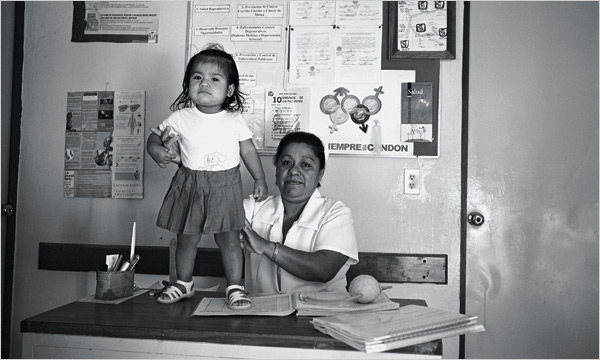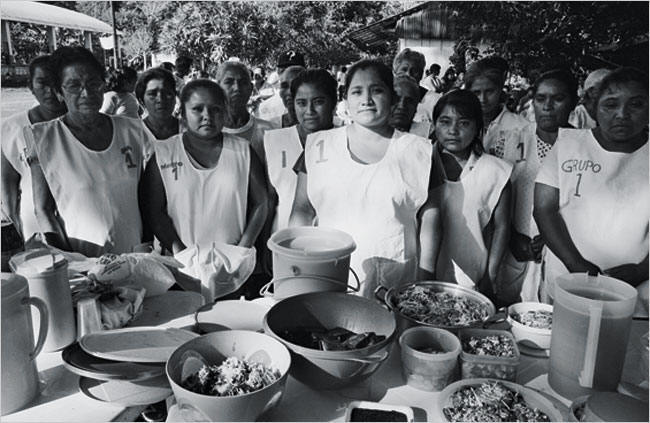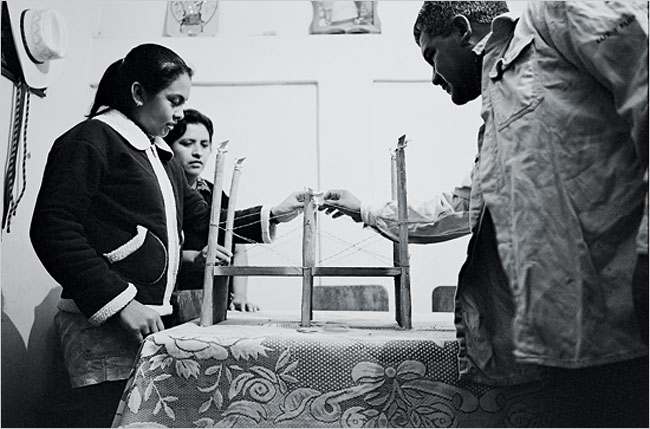| Want to send this page or a link to a friend? Click on mail at the top of this window. |
More Special Reports |
| Posted December 21, 2008 |
| A Payoff Out of Poverty | |
|
|
|
 |
|
| MARCELA TABOADA FOR THE NEW YORK TIMES | |
| la. At health clinics like this one in rural Mexico, poor people are paid to bring in their children for checkups. |
| By TINA ROSENBERG |
|
|
|
 |
|
| MARCELA TABOADA FOR THE NEW YORK TIMES | |
| A nutrition workshop in Paso de Coyutla. In addition to fighting poverty, Oportunidades has helped give Mexican women more control over their lives. |
|
|
|
 |
|
| MARCELA TABOADA FOR THE NEW YORK TIMES | |
| Pedro Hernandez and Irma Solis (center) help their daughter Maria Fernanda, a seventh grader, build a bridge for a school project. |
| Wehaitians.com, the scholarly journal of democracy and human rights |
| More from wehaitians.com |